A perfectly curated cheese and charcuterie board is more than just a snack—it’s an art form that brings people together, sparks conversation, and elevates any gathering. Whether you’re hosting a casual get-together or preparing an elegant spread, crafting the ideal cheese and charcuterie board requires thought, taste, and a touch of creativity. From selecting the right cheeses and meats to pairing them with complementary nuts, fruits, and olives, every component plays a crucial role in creating a balanced and visually appealing display. This guide will walk you through the essential tips, tricks, and ingredients needed to assemble a cheese and charcuterie board that’s as impressive as it is delicious, ensuring your guests will never want to leave the table.
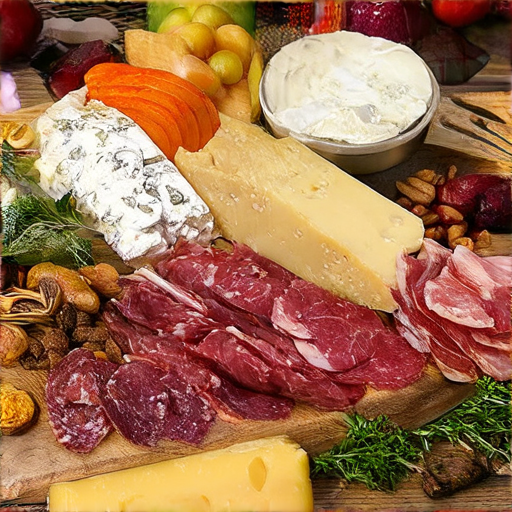
Understanding the 333 Rule for Charcuterie Boards
The “333 rule” for charcuterie boards is a simple yet effective guideline that focuses on achieving balance and variety in your selections. Here’s how it works:1. **Flavor Profile Balance**: – The rule suggests aiming for a mix of three distinct flavor profiles: – **Sweet**: Include items like dried fruits, honey, or figs. – **Savory**: Add cured meats, cheeses, and nuts. – **Tangy**: Incorporate pickles, olives, and fermented items. 2. **Item Grouping**: – Divide your selection into three groups of ten items each: – **Meats**: Salami, prosciutto, ham, etc. – **Cheeses**: Soft cheeses, hard cheeses, blue cheeses, etc. – **Accompaniments**: Nuts, olives, cornichons, herbed crackers, etc. 3. **Arrangement Order**: – Start with the strongest-flavored items like aged cheeses or cured meats, then move to milder options like fresh fruits or herbs. By following the 333 rule, you ensure a diverse and balanced charcuterie board that delights the senses and offers a memorable dining experience.
What Goes On a Cheese Charcuterie Board?
A cheese charcuterie board is a selection of artisanal cheeses, cured meats, and accompanying items thoughtfully arranged to create a visually appealing and flavorful experience. Here’s what typically goes on a cheese charcuterie board:
- Cheeses:
- Brie – Known for its creamy texture and mild flavor, it pairs well with fruits and nuts.
- Gouda – Offers a rich, buttery taste and melts smoothly, ideal for slicing.
- Cheddar – Provides a sharp, tangy flavor that complements crackers and fruits.
- Blue Cheese – Adds a pungent, aromatic note to the board.
- Mozzarella – Lighter and fresh, perfect for those seeking a milder taste.
- Parmesan – A hard cheese with a salty, nutty flavor, often used for grating.
- Cured Meats:
- Prosciutto – Thinly sliced ham with a rich, savory flavor.
- Ham – Options like Virginia or Westphalian add sweetness and depth.
- Salami – A robust, fermented meat with a spicy kick.
- Accompaniments:
- Crackers – Whole-grain or seeded options for added crunch and nutrition.
- Fresh Fruits – Grapes, figs, and berries add sweetness and balance.
- Nuts – Almonds, walnuts, and cashews provide protein and texture.
- Herbs and Spices – Rosemary, thyme, or basil add freshness and complexity.
For the best experience, arrange the cheeses by type, display meats separately, and place accompaniments strategically around the board. This setup ensures a harmonious blend of flavors and textures, making each bite a delightful experience.
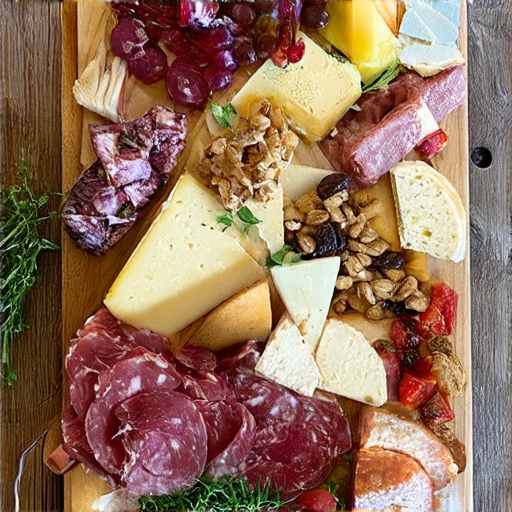
What Are 5 Things to Avoid on a Charcuterie Board?
Creating an impressive charcuterie board requires careful consideration of flavors, textures, and presentation. Here are five common pitfalls to avoid:
- Overcrowding the Board: Load it down with too many items, which can overwhelm the senses and detract from the individual components.
- Ignoring Flavor and Texture Balance: Ensure a variety of flavors and textures to keep the board interesting and prevent sensory fatigue.
- Using Low-Quality Ingredients: Always opt for high-quality, artisanal products to maintain the integrity and enjoyment of the board.
- Mismatching Wines and Cheeses: Carefully pair complementary flavors to enhance the dining experience rather than clash.
- Lack of Variety: Stick to a mix of meats, cheeses, and accouterments to provide a balanced and engaging tasting experience.
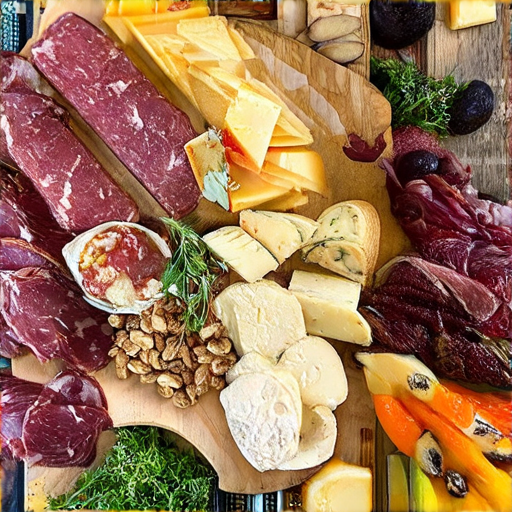
What’s the Difference Between a Charcuterie Board and a Cheese Board?
A charcuterie board and a cheese board are both popular appetizers or parts of a grazing table, but they have distinct differences in their composition and focus:
- Charcuterie Board: A charcuterie board typically includes a variety of cured meats, such as prosciutto, salami, and coppa, along with cheeses, olives, nuts, and sometimes fruits or vegetables. It’s often served on a wooden board and is meant to be shared among guests.
- Cheese Board: A cheese board focuses primarily on a selection of cheeses, which can range from mild to strong varieties. Some boards may include accompaniments like nuts, fruits, or jams, but the emphasis is on the cheeses themselves.
- Focus: The charcuterie board centers on antipasto items, while the cheese board highlights a variety of cheeses as the main attraction.
- Serving Style: Both are often served family-style, allowing guests to help themselves, but the charcuterie board tends to emphasize a wider range of flavors and textures.
Both boards are versatile and can be tailored to suit different preferences, making them ideal for gatherings or special occasions.
What are 3 cheeses for a charcuterie board?
- Brie – Known for its creamy texture and mild, buttery flavor, Brie is a versatile option that pairs well with various meats, cheeses, and fruits.
- Blue Stilton – With its distinctive blue veins and sharp, tangy flavor, Blue Stilton adds a bold contrast to the board and works particularly well with cured meats and crackers.
- Gouda – A semi-hard Dutch cheese with a rich, buttery taste, Gouda melts slightly when sliced and complements both savory and sweet elements on the board.
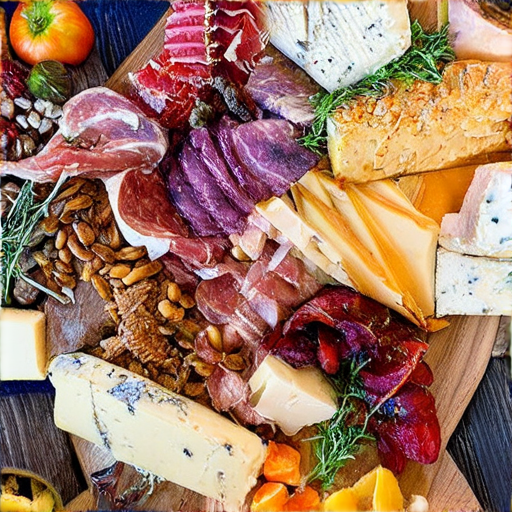
Why is Charcuterie So Expensive?
Charcuterie, a selection of cured meats, is often expensive due to several factors:
- High-Quality Ingredients: Premium meats like pork, beef, or duck are typically used, which are costly to source and raise.
- Traditional Curing Process: The curing process, which can take weeks or months, adds value through aging and traditional methods, increasing the price.
- Artisanal Production: Small, specialty producers often charge more due to lower volume and higher craftsmanship, sometimes using organic or free-range meats.
- Market Demand: High demand among food enthusiasts willing to pay a premium for premium products, especially during events or peak seasons.
- Regulatory Costs: Stringent health and safety regulations can increase production costs, particularly in regions with strict standards.
- Distribution Channels: Specialized sales channels, such as gourmet stores or high-end markets, often apply additional markup.
These factors collectively contribute to the higher cost of charcuterie, making it a luxurious choice for many consumers.
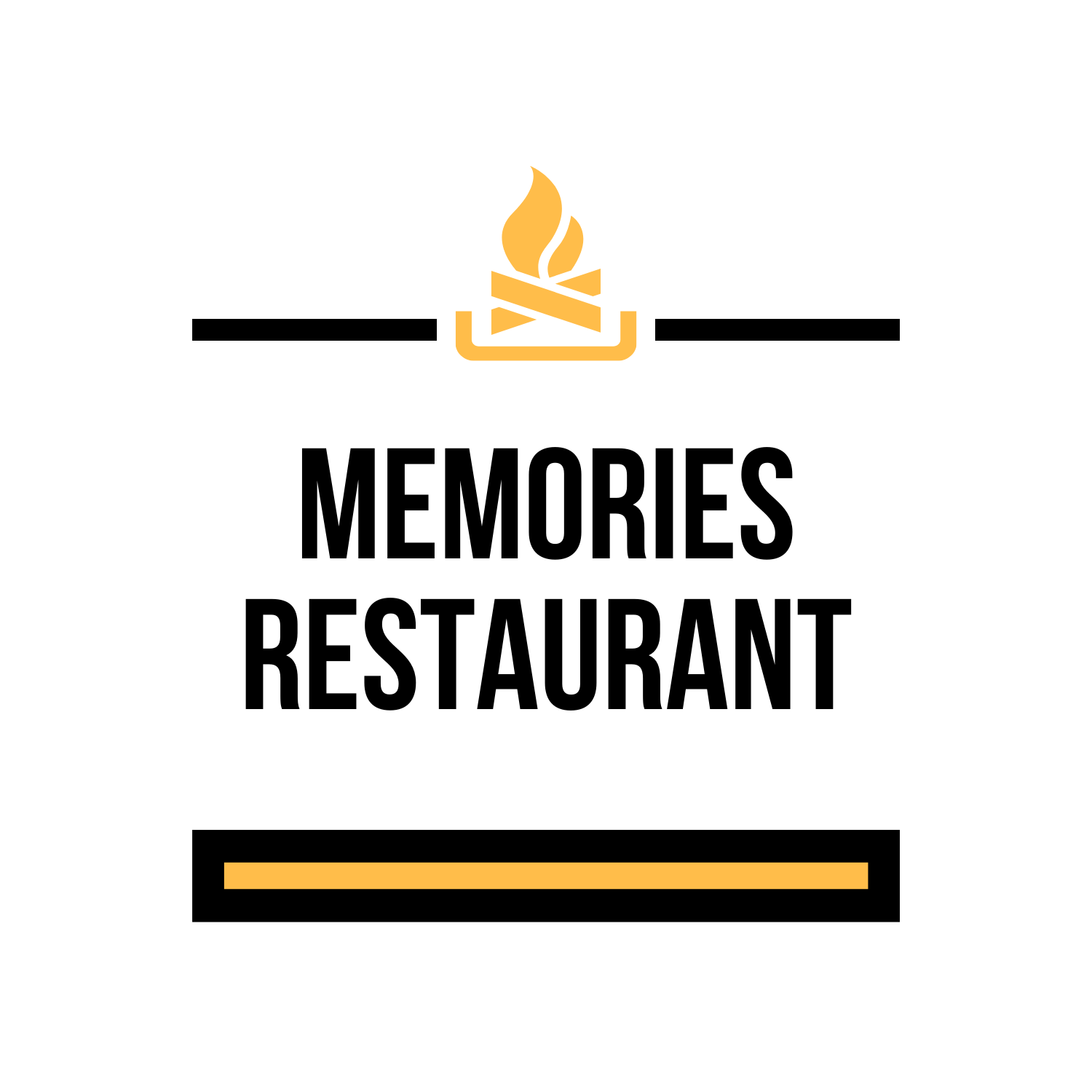
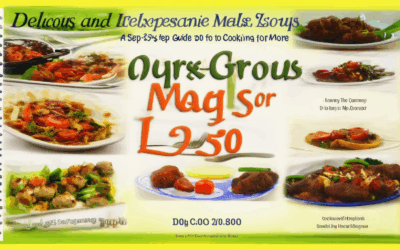
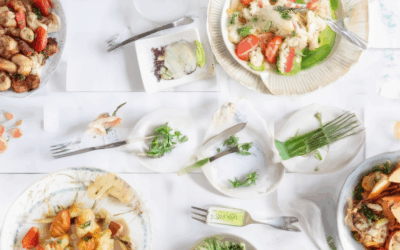
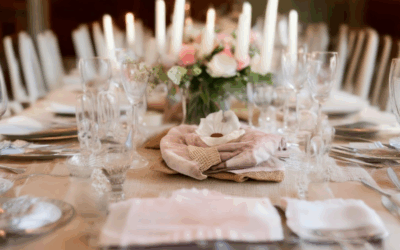
0 Comments